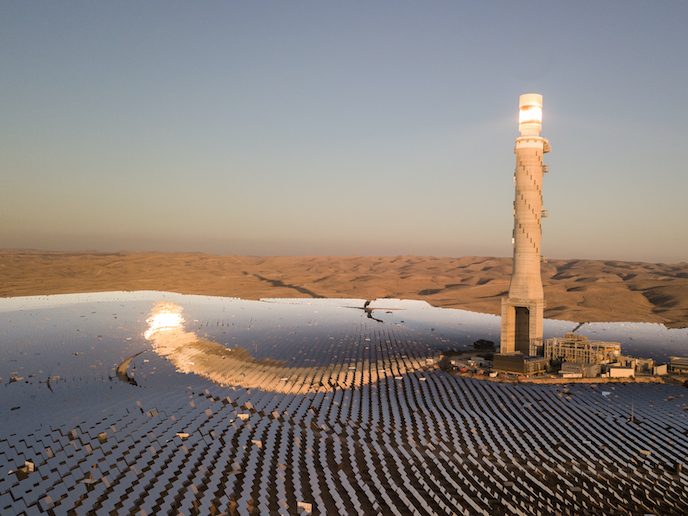Lighting the way for a solar energy revolution
A group of Spanish and American researchers believe they have identified a material that could enable solar power to be available in the future any time of the day or night and at a lower cost than electric battery technologies. With support from a Marie Skłodowska-Curie fellowship(opens in new window), researcher Emanuela Mastronardo screened 24 perovskites, materials with the same crystal structure as mineral calcium titanium oxide. After selecting one as the best candidate for storing solar energy at high temperatures, she carried out successful laboratory-scale reactor tests on it. “The results are incredibly encouraging,” says Mastronardo, who was supervised during the SESPer project by Juan M. Coronado at the Spanish National Research Council(opens in new window). She co-authored a paper in the ‘Journal of Materials Chemistry A’(opens in new window) to share her results. Mastronardo chose to focus on perovskites because she believes they are key to delivering a new generation of Concentrating Solar Power (CSP) plants that will more efficiently convert heat to electricity and store and supply energy on demand when the sun is absent using Thermal Energy Storage systems. “There is a compelling case for designing high-temperature heat storage systems,” she explains. “Perovskites are ideally suited for operating under the conditions of those future plants due to their thermal stability and quick response.”
Sampling Earth’s crust
Until now, much research into types of perovskites has focused on those containing rare earths, which makes them costly candidates for use on a mass scale. That’s why Mastronardo and a team of five researchers chose to study elements that are abundant in the Earth’s crust, finding a combination of calcium, iron and manganese suitable. Researchers measured its heat storage capacity using 500 mg and then carried out reactor tests of about 50 g of the material. “The laboratory-scale reactor tests were very successful,” says Coronado. “The material showed the same heat storage capacity when operating at the gram scale in a more realistic reactor than when measured at a much smaller scale in the initial assays for determining the thermodynamic properties.” “This is very promising for the future design and development of solar power plants,” he adds.
The power of thermochemical storage
EU funding made it possible for the CSIC team of specialists in the thermochemical storage (TCS) of heat to partner with solar engineers from the IMDEA Energy Institute(opens in new window), Spain and Northwestern University(opens in new window), United States, which contributed the extra expertise and equipment needed to develop the perovskites. The next step for the identified perovskite to be used commercially in solar plants would be further testing in real applications using hundreds of grams and then tons of the material. The material’s stability would need to be tested to see if it can withstand more than 1 000 cycles, having withstood 80 hours during the SESPer project. However, Mastronardo and Coronado are already optimistic that the material has the potential to deliver much more powerful TCS systems to the market, revolutionising the energy sector. “We expect this technology to reach the market within the next decade,” adds Coronado. “TCS systems would largely contribute to Europe’s green goals by making solar power available at any time and at a lower cost than electric battery technologies.”







